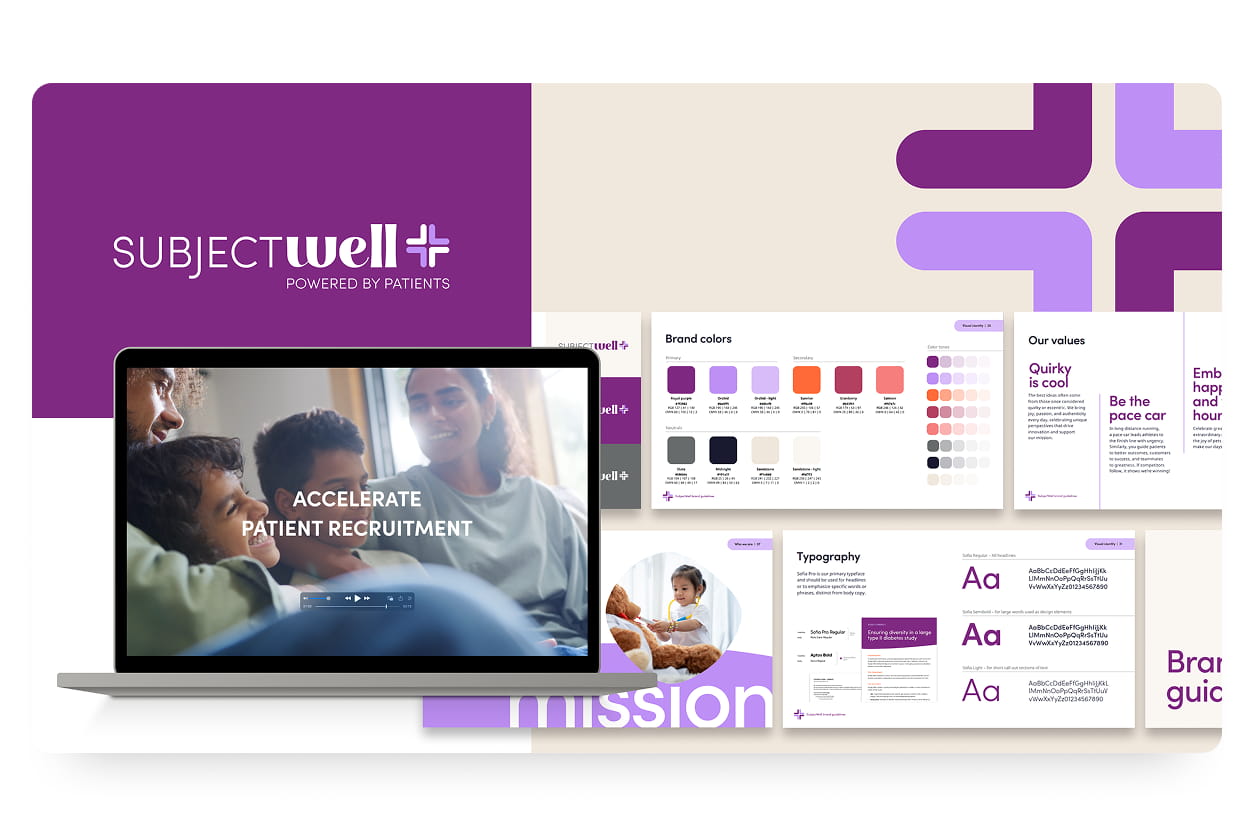
Social media promises to make patient recruitment easier and more efficient for clinical trials – if sponsors and CROs are willing to use it.
It’d be an understatement to say that patient recruitment is an ongoing issue for clinical trials. With a single study costing upwards of $100 million, delays and setbacks caused by underwhelming enrollment have plagued clinical trials for decades.
It’s surprising, then, that sponsors and CROs aren’t taking advantage of every tool at their disposal to boost recruitment and enroll patients who stand to benefit the most from participation in trials. Recent research shows that only 11 percent of clinical trials use social media as a patient recruitment tool.
How Social Media Can Boost Clinical Trial Recruitment
Through social media, sponsors and CROs can reach a greater number of potential patients than if they relied exclusively on traditional recruiting methods – all without sapping their ad spend.
In one instance, the biotech company Biogen saw a dramatic increase in the number of screened patients in a short amount of time. Where they had been screening six potential trial participants per week, a partnership with MyHealthTeam caused that number increased to 800 patients in just two weeks.
This impressive turnaround makes sense: research shows that more than 70 percent of adults in the US with at least one chronic condition have sought out health-related information online. The same research shows that nearly half of people with chronic conditions have come to rely on online health communities in order to gain vital information that may lead them to relief, or simply to share their stories with people in similar situations.
Trials can also target ads to reach a more diverse subsection of the population than with more traditional methods of patient outreach. With Facebook, for example, sponsors and CROs can ensure the most reflective participant population possible by tailoring ad campaigns to reach niche users that fit a specific demographic profile. For clinical trials that rely on a broad range of patients in order to deliver the most widely applicable results they can, this capability is game-changing.
How Sponsors and CROs Can Leverage Social Media
Sponsors and CROs interested in adding social media to their clinical trial outreach strategy have a wealth of options at their fingertips.
Platforms such as Facebook make it easy for advertisers to craft meaningful content, and then deliver it to the newsfeeds of users who are most likely to find it useful. With over 2 billion monthly active users as of Q4 2017, Facebook’s reach is unprecedented, as are their tools to shape your audience.
In addition to the platform enabling advertisers to reach out to users based on location, age, gender, ethnicity, and language, Facebook makes it possible to serve content in front of users whose activity aligns with your target demographic profile. For example, if a potential patient has liked community pages that relate to a chronic condition, you can deliver content to them featuring clinical trials that may offer them relief.
Trials can even upload an existing database of contacts and turn it into a Custom Audience. With the help of Facebook’s algorithm, clinical trials can reach out to users who have similar profiles as their primary contacts, thereby expanding their reach.
However sponsors and CROs choose to boost clinical trial recruitment, social media should form a part of their broader strategy. With the ability to reach users efficiently and cost-effectively, social platforms have the potential to bring the benefits of clinical trials to an ever-increasing audience.





